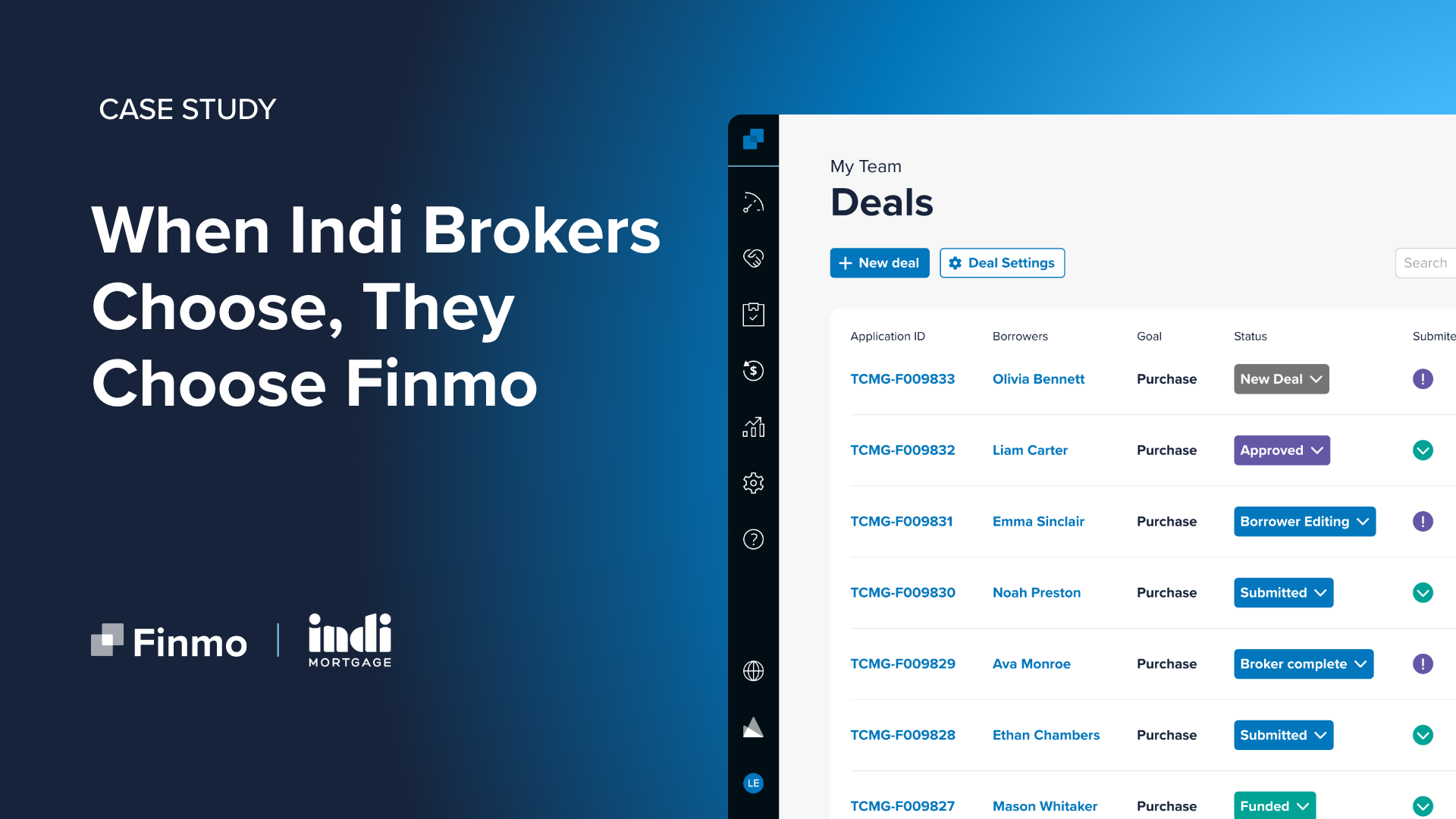
This post originally appeared on LinkedIn Pulse.
There is a lot being said about how millennials are entitled, lazy, or living in our parents’ basements. Let’s just get this out of the way up front: since I was born in the 80’s, yes, I am one of “them”. Instead, I want to look at our generation in the context of being credit worthy, often underserved borrowers, and how, like it or not, the times are changing as we grow to represent a larger portion of the population and purchasing power.
I’m getting as tired of the word and associated stigmas as you are, I assure you. But just for clarification, a quick definition. Millennials are said to be those born between 1982 and 2004. What this means is that many of us have been part of the workforce for close to 15 years, while others are only just entering it. In Canada, we are 13m strong, and make up 37% of the population. In the US, the number is 75m, or just over 23%. Even if we are not seen as the borrowers of today, you can bet we will be the borrowers of tomorrow.
We’ve all heard a great deal about the millennial stereotypes, and I’ll be the first to agree that yes, in many ways we’re different than previous generations. I see the reasons behind this as an evolution, with the rate of change in our environment increasing faster than ever before. So let’s dig into this a bit more…
Yes, many of us prefer text messages over phone calls, and yes, we tend to change careers more often than our parents did. It’s true that some of my generation are still living with parents, however in some cases this is due to external factors. The pursuit of marriage and the opportunity to capitalize on dual-incomes is being delayed later than observed before. All the while housing costs are reaching all time highs in major centres (after adjustments made for inflation). In a recent report published by UBC School of Population titled “Generation Squeeze” the average time required to save for a 20% downpayment now averages 23 years in Vancouver, 16 in Toronto and 12 as a nationwide average compared to just 5 years in 1976.
We also place a greater priority on attaining a work/life balance (I would call this a net positive stereotype). Contrary to most headlines by columnists, we are hardworking and thirsty for mentorship. We are also more educated than previous generations: 68% of Canadians aged 25-29 have post-secondary degree, compared with just 43% in 1981. But without getting into it any further, I just want to establish that it’s never wise to paint an entire generation with one brush. Millennials, like all generations before us, cannot all be characterized in one bucket.
The Millennial Borrower Profile
Millennials as whole have the lowest credit score of any generation. Sure part of this is the way that the conventional credit bureaus calculate these weighted scores, however as long as Equifax, Transunion and Experian are the biggest players in the game, maybe we need to understand this further.
The average income for Millennial university graduates in Canada has been hovering around $49,000 annually for nearly a decade, compared to about $31,000 for just a high school diploma. Keep in mind that I’m simplifying this and layers of complexity increase when considering fields of study, time after graduation until employment and then underemployment.
We are the most indebted generation in Canadian history with the average graduate tied to $28,000 in student debt. Rising tuition and cost of living in urban centres (with the best educational institutes) is further compounding this. Still, these days 63% of job openings in 2018 will require some level of secondary education, so young people today are caught in a bind when attempting to calculate the risk and ROI of chasing a degree.
All of this is to say that while we will often not fit the boxes of the Big 5, there’s a huge opportunity to provide credit to highly educated, employable and credit starved borrowers.
We do things differently
The younger borrowers of today, will be the greatest market segment of borrowers tomorrow. And we do things a little differently than the generations before us. As digital natives, we have low tolerance for anything but a digital experience. This is evident in the way we live, communicate, shop and apply for credit products.
Since 2013, the preference has shifted from most preferring to initiate the process online, to in 2015 most preferring to conclude the entire borrowing process online. We conduct large amounts of research online before choosing who to support, particularly in the case of larger financial decisions. Lenders seeking to attract us, would be wise to ensure that they have a strong online footprint including plenty of positive reviews and social capital accumulated.
Millennial borrowers want tools to help calculate the payment, and loan value that we can afford as well as submit our documents and information using our native and mobile technology. We want to be guided in our decisions and are open to being cross-sold additional products and services.
Once we choose you, reward us
I’m aware that we also often catch a bad rep for being entitled but I’ll save that for another article. What I will say is that once you gain our trust and we decide to use your credit products, we want a solid pat on the back and to feel confident in our choice. We also want to feel like we were savvy enough to do research, compare alternatives and make a final decision on our own.
Now that you’ve earned a customer, you’ve earned a fan and we want to tell our friends. Give us the tools to spread the good word – affiliate programs, social media presence, referral bonuses etc. If you go the extra mile, we’ll make it publicly known that we are your greatest fan. All of this over a loan, credit card, line of credit or mortgage. Like I said, we’re not weird, we’re just different.
The post Millennials – Understanding the Borrowers of Tomorrow (and Today) appeared first on Lendesk.


